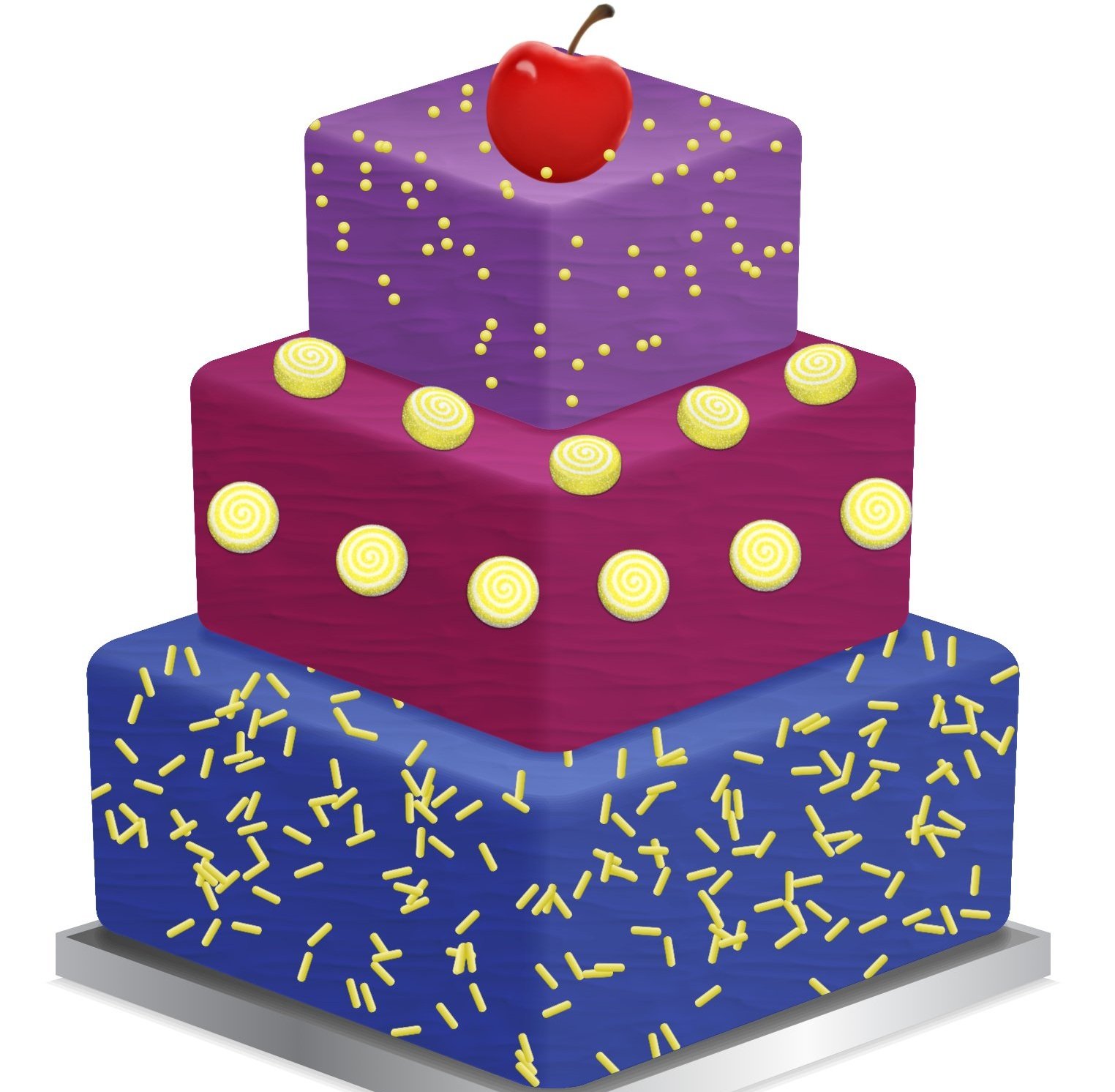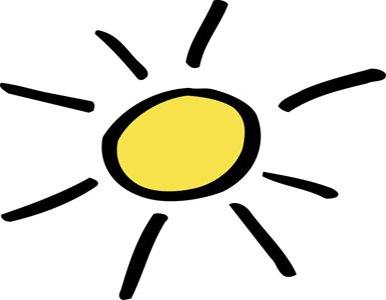LCBD Tasks
The Laboratory for Child Brain Development shares our tasks at no cost for research/scientific/educational purposes. You are free to modify these tasks how you wish, however, our lab is not able to provide technical support. Please request the use of our tasks through email. We ask that you cite the appropriate paper (linked below) as the source of the task. Please do not share these tasks outside your laboratory.
emotional gonogo
The Emotional Go/No-Go Task is an event-related design within a block design. Participants are asked to press a button when the presentation of an everyday object (balls, chairs, shoes, etc.) is presented in a green frame, but not a red frame. Emotional faces, unrelated to the task, are presented at random points to measure the brain’s response to emotion when cognitively taxed. The block design is based on winning/losing points for performance on the task. An algorithm controls the speed of presentation which makes error rate equal across subjects and speeds up or slows down in blocks in order to win or lose points. This task is programmed in Eprime and has been used in children as young as 6 and adults in our lab. This task is designed for fMRI.
Facemorph - Emotional Face morph
The Face Morph Task is a block-design emotion processing task that requires participants to label a color flash superimposed on a task-irrelevant face. The face morphs from neutral to emotional (happy, sad, angry, or fearful). This task is programmed in Eprime and has been used in adults and adolescents in our lab. This task is designed for fMRI.
Fetch (frustrative emotion task for children)
The FETCH task is designed to frustrate children by making them believe that a valuable prize will be lost. Children are introduced to Sparky, a sneaky dog who likes to steal bones. The child races the dog to grab bones on the screen, which earn them a desired prize. In “win” blocks, the child is able to grab all the bones and nearly complete the steps towards winning their prize. However, the “win” blocks alternate with “lose” blocks in which Sparky steals back the bones and the child loses their desired prize. The task can be analyzed as a block or event-related design and contains both NIRS and MRI versions. This task is programmed in Eprime and has been used in children ages 4-11 in our lab.
Incredible cake kids
The original Incredible Cake Kids task was designed as a frustration task in a social context. Children are introduced to a small town bakery in which the baker asks them to take over the bakery while he steps out for the day. The children are told that the best bakers are able to sell a lot of cakes to customers. In this event-related design task, a customer comes into the bakery and the child must choose the cake that they would like to sell the customer. The customer either accepts or rejects the chosen cake.
SOCIAL CAKE
The Social Cake adaptation of the Incredible Cake Kids task includes a non-social condition in which the cake gets burned in the oven or bakes perfectly.
Cake Memory: A behavioral version of this task was designed as an episodic memory paradigm. This task is programmed in Eprime and is designed for fNIRS and behavioral paradigms. It has been used in children ages 4-7 in our laboratory.
Kid vid
The KidVid task uses free viewing of kids’ videos to measure emotion processing. Subjects are asked to freely watch 20-30 second clips from children’s movies, which are either positive, negative, or neutral in emotional content. Positive and negative clips have been matched for graphic design (taken from the same movie), musical content, arousal, and time a face is presented on the screen. Neutral clips are taken from nature videos. This task is programmed in Eprime and designed for fMRI. It has been used in our lab in children ages 4-11.
Monkey - monkey working memory
This is a basic spatial working memory task in which children are asked to remember in which tree Moochie the Monkey has hidden his bananas. A newer version of the task contains updated graphics and sounds. This task has been programmed for NIRS only, but could be modified for MRI. This task is programmed in EPRIME.
oddball
This task is designed to add a social/emotional element to the classic visual/auditory oddball paradigm. Before task participation, children are told the story of a little girl who goes to the grocery store with her mother while carrying a bag of marbles. While at the grocery store, she drops her bag of marbles, which scatter all over the store. The job of the participant is to help the little girl pick up all her marbles. The participant is asked to press a button when s/he sees a marble (oddball stimulus), but not to press the button when s/he sees a block (standard stimulus). Additionally, the child is asked to keep a mental count of the number of images containing marbles, adding cognitive load and requiring participants to attend to the basic shapes involved in the task rather than social distractor stimuli. The task is a slow, event-related design. Each stimulus contains a grid in which standard stimuli (blocks) or the infrequently occurring oddball (marbles) were presented in the presence of distractors. Standard stimuli (blocks) are always paired with neutral distractors (produce from the grocery store) and oddball stimuli (marbles) are paired with either neutral distractors (produce), positive distractors (happy faces), or negative distractors (fearful faces). This task is designed for fMRI and is programmed in Eprime. It has been used in our lab in children ages 6-17.
pet store stroop
This modification of the classic stroop task is designed for kids who are unable to read (which is required in the classic task). Children are told the story of a pet store in which all the animals have escaped from their cages. It is the child’s job to put the pets back in their correct cages. In this block-designed task, an animal appears in the center of the screen and makes a sound, which helps the kid determine to which cage it should be sorted. In the control, non-stroop blocks, the animal makes its correct sound (cat says “meow”). In the stroop blocks, the animals try to trick the kids by pretending they are other animals (cat says “woof”). The child must evaluate the conflicting information to determine the placement of the animal. This task is programmed in Eprime and designed for fNIRS experiments. It has been used in our lab in children ages 4-7.
go-no-go - rain or shine
In this adaptation of a classic go/no-go task, participants are told the story of a group of children who are playing outside when a storm arrives. The children want the rain to go away and the sun to come back so that they can continue to play. In go/no-go blocks, children are told to touch the screen every time they see a sun (go trials) but not to touch the screen when they see a rain cloud (no-go trials). In the sensori-motor control blocks, the rain appears and the children must touch the screen every time they see an umbrella (all trials).
GOOBLE’S BIG ADVENTURE
In this flanker task designed to test executive function skills, children learn the story of Gooble, a little alien and his family. Gooble’s family takes a trip to earth, but Gooble gets lost and finds himself amongst the sights and sounds of life on planet earth. Participants are asked to help Gooble’s family find him, and return to their planet, by telling Gooble’s parents in which direction the little alien is headed. Children must indicate whether Gooble is going left or right while he is interspersed with items on planet earth that are directional or non-directional.
DB-DOS BIOSYNCHRONY - Disruptive behavior diagnostic observation schedule for biological syncrony
This task is designed for measurement of parent-child neural and behavioral synchrony using fNIRS. It is programmed in Psychopy. The task contains three blocks 1) Baseline- the child and parent work together to complete an art project; 2) Mild Stress- the child and parent complete tangram puzzles, which are too hard for the child’s ability. This is done with a visible countdown clock, a promise that the child will only earn a prize if they are able to complete the puzzles, and attractive toys that a child is prohibited from touching; 3) Recovery- the parent and child build a city together using the attractive toys.
EMOTIONAL JUMBLE
The Jumble task is an eye-tracking task designed to measure gaze direction in the presence of emotional stimuli. In the first part of the task, subjects view a jumble of everyday objects (balls, cups, cars, etc.) that includes one emotional face. Eye-tracking measures time focused on, or away from, the emotional face. In the second part of the tasks, subjects view life-sized emotional faces. Eye-tracking measures amount of time spent focusing on each facial feature.



























